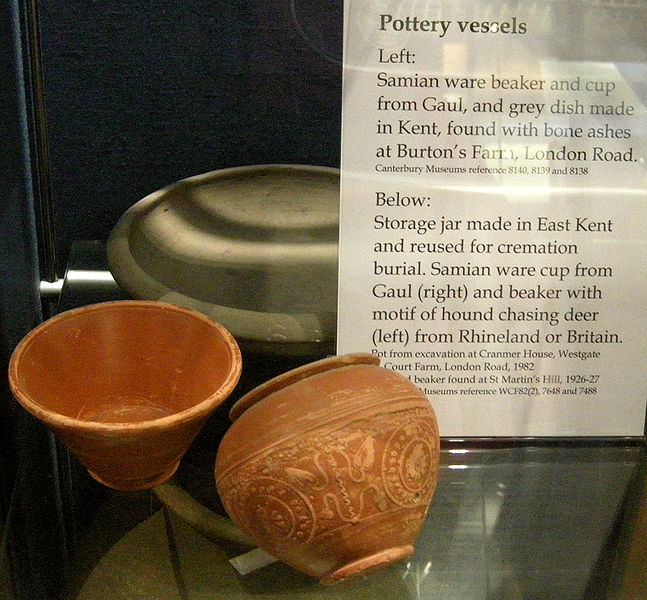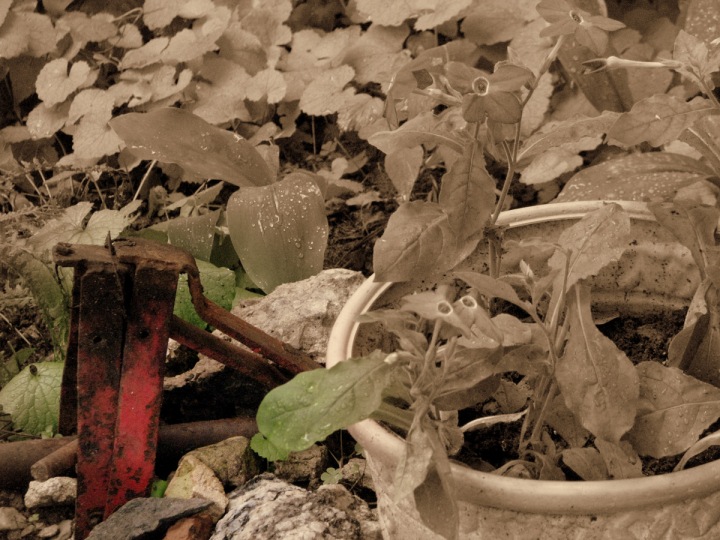In gardening, as in many things, there is a lingo, and one must strive to understand and imprint to memory certain terminologies. Tis not my forté, and therefore I struggle. I have a particular tendency to grasp onto my own unique lingo, and thus come off as an astounding moron in relation to topics I am actually quite versed on.
For instance, take Determinate and Indeterminate Tomatoes.
Determinate: Bushy or Dwarf Tomatoes
Indeterminate: Tall or staked Tomatoes (which in a suitable climate can grow to an indefinite length).
So, there you go, and what did I do? I accidentally mixed up the little tags that tells me what they are. Don’t even ask me why I even grow Tomatoes, cause I won’t eat them raw. I grow them for others to enjoy primarily, it is a wonderful thing to give forth the produce of ones garden. Serves I believe to rebalance any off-colour karma you may have come upon, or engaged in.
On this mornings inspection, my bare feet conducting the Nitrogen the lightning storm last night released, I was reminded of the term Earth Magic, and how we too can gain access to this fount.
Nitrogen is one of the main elements of life. Without it neither we nor the plants we grow would survive. It is essential for plant growth…Eighty percent of the atmosphere is nitrogen, which plants can’t get at until there’s been a thunder and lightning storm, or it’s washed out of the atmosphere in the form of rain or snow.
from Marjorie Harris Favorite Garden Tips
The last resident of this little bachelor, was also a gardener, and left all these broken and decaying clay pots about. I couldn’t resist the urge to arrange them, and thus I have what looks to be ancient Roman Samian ware, left in situ by some absent-minded archaeologist.

SAMIAN WARE
terra sigillata ware, bright-red, polished pottery used throughout the Roman Empire from the 1st century bc to the 3rd century ad. The term means literally ware made of clay impressed with designs. Other names for the ware are Samian ware (a misnomer, since it has nothing to do with the island of Samos) and Arretine ware (which, properly speaking, should be restricted to that produced at Arretium—modern Arezzo, Italy—the original centre of production and source of the best examples). […] Such are the fluctuations of style in these ornaments, and so frequently are potter’s marks stamped on the vessels, that the wares provide a valuable means of dating the other archaeological material found with them. The quality of the pottery was at the outset high, considering that it was so mass-produced. There was, however, a gradual coarsening both of forms and of the decoration over the four centuries of production.
from: www.britannica.com
From the King James Version (1611) of the Bible (Ecclesiastes 3:1-8).
To every thing there is a season, and a time to every purpose under the heaven:
A time to be born, and a time to die; a time to plant, a time to reap that which is planted;
A time to kill, and a time to heal; a time to break down, and a time to build up;
A time to weep, and a time to laugh; a time to mourn, and a time to dance;
A time to cast away stones, and a time to gather stones together; a time to embrace, and a time to refrain from embracing;
A time to get, and a time to lose; a time to keep, and a time to cast away;
A time to rend, and a time to sew; a time to keep silence, and a time to speak;
A time to love, and a time to hate; a time of war, and a time of peace.


